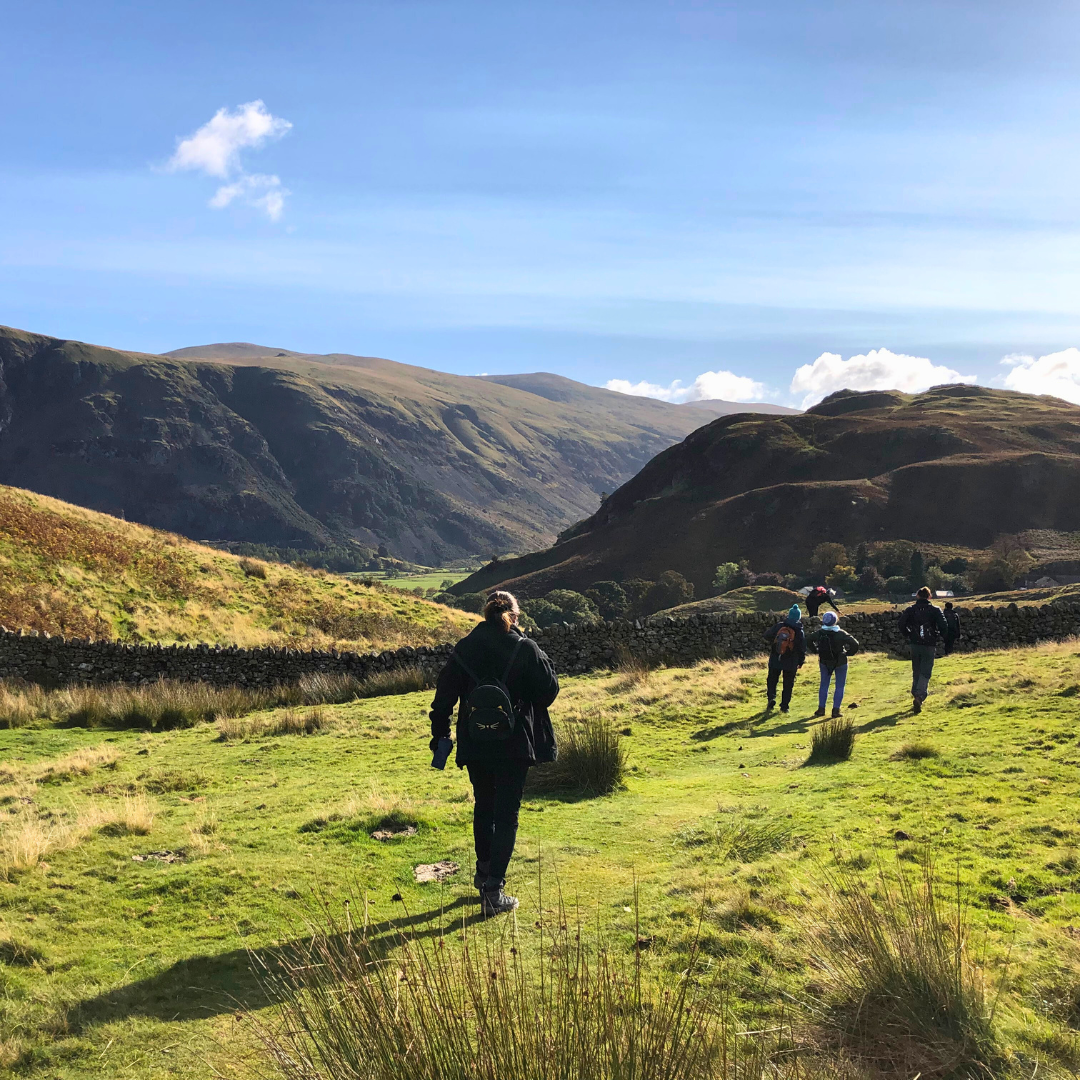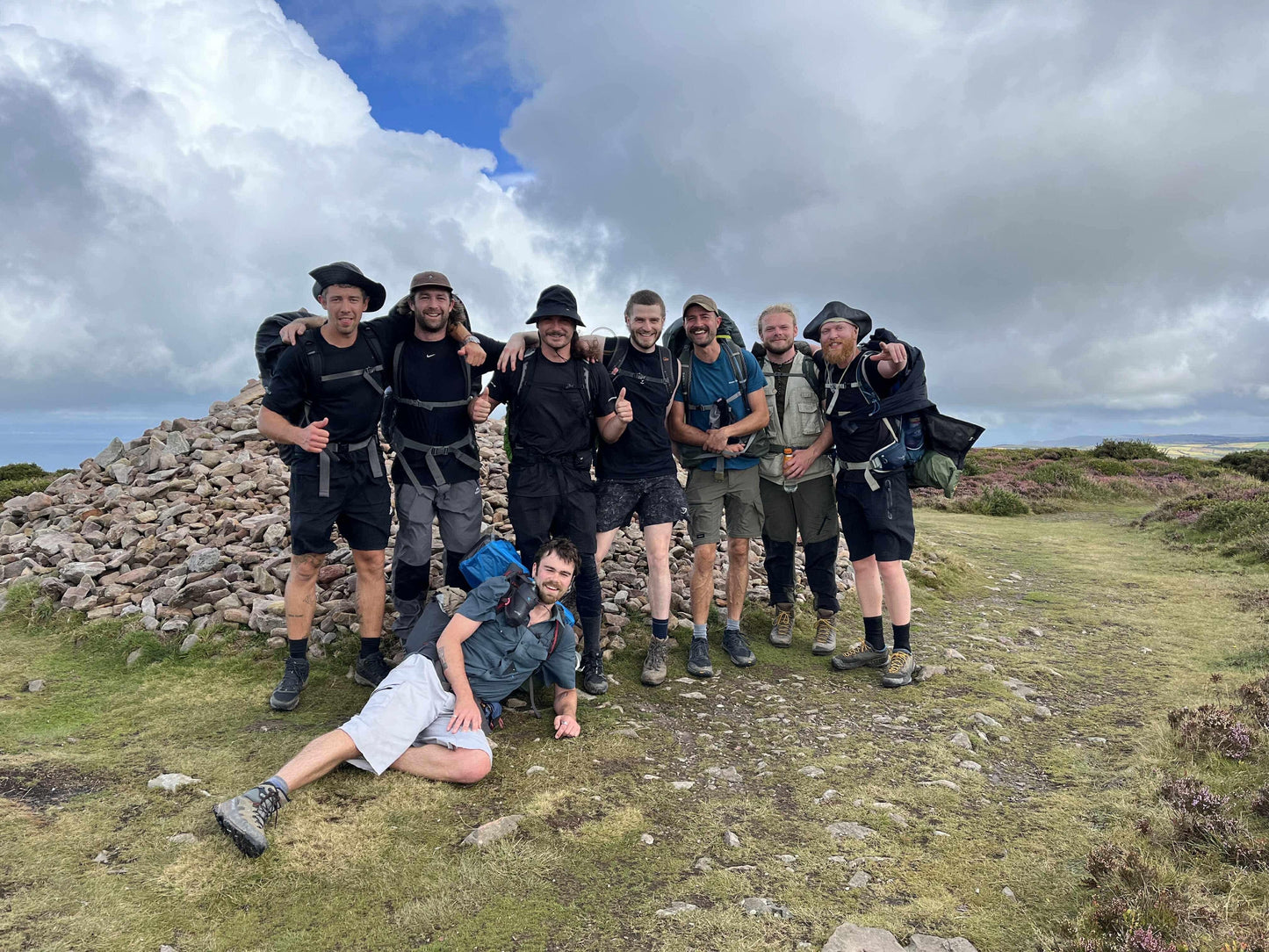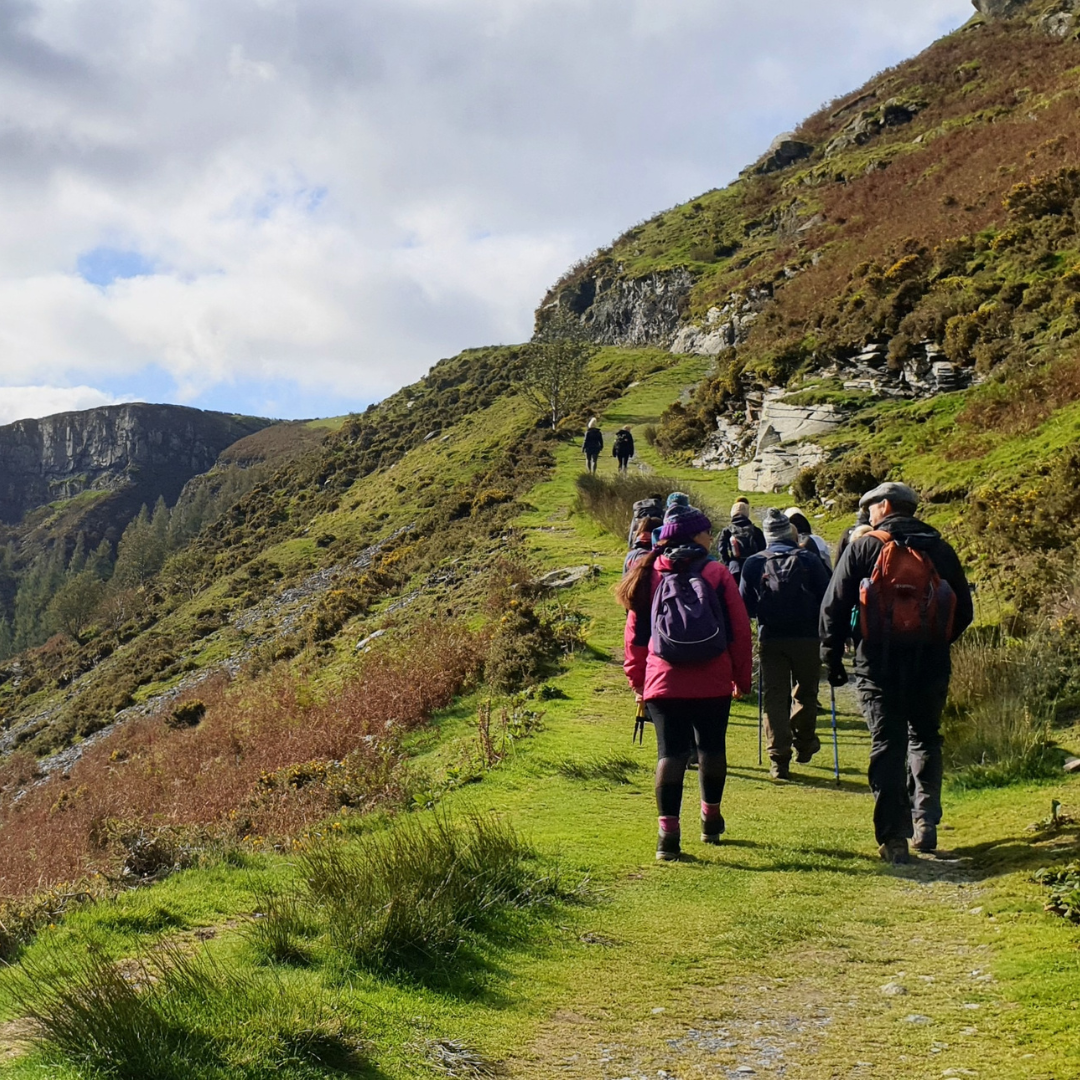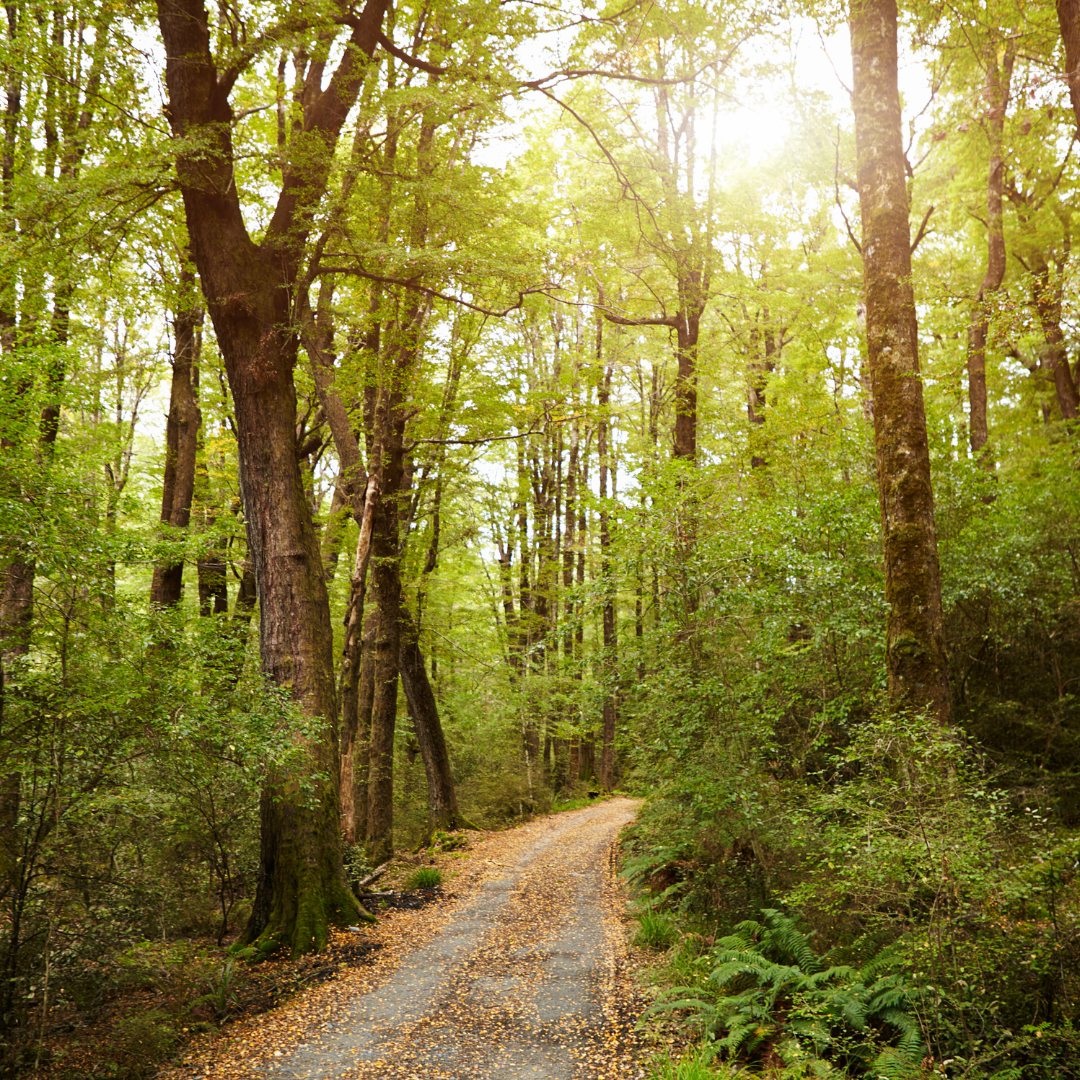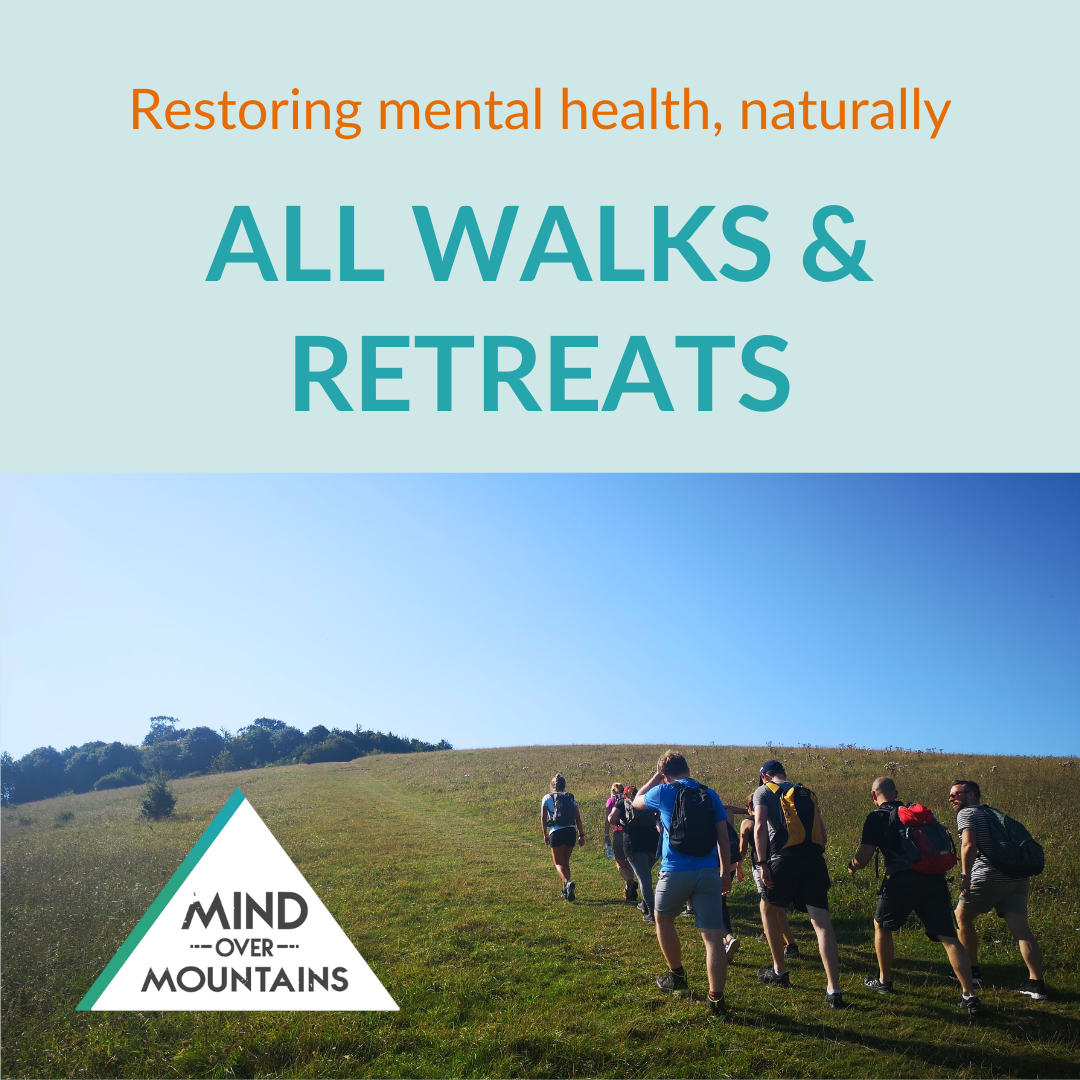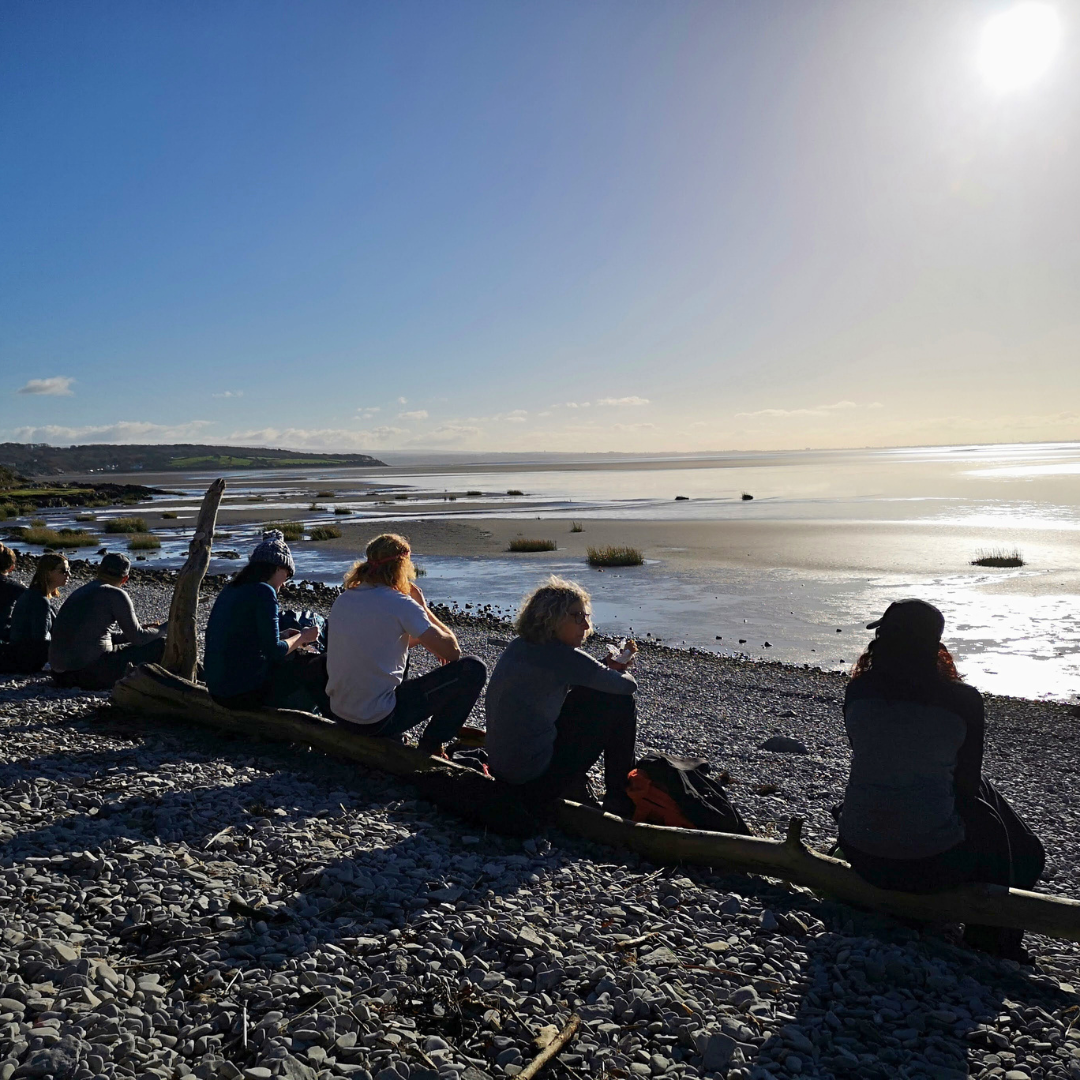
We know being mindful can help us to feel grounded and more connected with ourselves and others around us. We also know that being in nature can help to relieve stress and lower anxiety… but how can we combine the two?

If there’s one thing we know, it’s that life can be busy, and moments of calm and tranquility can be few and far between. Sometimes you have to actively seek them out, and that in itself can be challenging. But while stress and worries can make life unpredictable at times, there is always one constant available to us all: nature. Look out of the window - it’s always there!
Nature can help us to feel grounded when life threatens to untether us - in fact, just 15 minutes outside can be enough to have a positive impact. Read on to find out more about the power of being in nature, and how you can combine mindfulness with the great outdoors.
What is mindfulness?
A quick re-cap! Being mindful is all about being fully present in the moment. Fully aware of what we’re doing and what’s around us. Being mindful requires us to tune in to our inner thoughts, feelings and sensations in a completely non-judgemental way. And when we do this, we’re rewarded with lower stress levels, less anxiety and a sense of overall calm. Now imagine mindfulness combined with the power of nature…
How can we be mindful in nature?
We know being mindful can help us to feel grounded and more connected with ourselves and others around us. We also know that being in nature can help to relieve stress and lower anxiety… but how can we combine the two?
Here are seven practical tips to help you practice mindfulness in nature:
1. Seek out a quiet spot

Choose a place where you feel safe and comfortable, and ty to eliminate distractions if you can. This could be a park, a forest trail, a beach or even your own back garden. The important thing is that you’re able to focus for a while.
2. Engage the senses
Engaging the senses really helps us to tune in to our surroundings. Start by focusing the eyes on one particular point. Maybe a leaf on a tree, or a simple blade of grass. Really notice what it looks like. What colours can you see? How does the light reflect on it’s surface? What, if any, shadows does it cast?
Then close your eyes and start to listen to the sounds around you. Focus on the sounds that are close by - the sound of your own breath, or the rustle of your clothes as you move a little. Then cast your ear further afield. Can you hear birds in the trees? Further still: can you hear a plane in the distance, or the bark of a dog, the lift of the wind? When you’re ready, bring it closer again, and notice the sound of your breath once more.
As you start to move, perhaps walk, tune in to your other senses. Can you smell freshly cut grass or the scent of a blooming flower? Can you reach out and touch the rough bark of a tree, or tune in to the sensation of your feet on the ground as you travel? You may even be able to taste the air if it feels right!
3. Breathe

Try to take deep, slow breaths to calm the mind. Close your eyes if you can, and focus in on the sensation of air filling the lungs as you inhale… then air leaving the lungs as you exhale. Notice your belly expand and contract. Listen to the sounds of your breath.
You can try Box Breathing: count slowly to four as you inhale, hold the breath for four, then exhale for four. Repeat a couple of times until you feel calm and grounded. This is a great technique to try if you feel anxious. Or try Infinity Breathing: inhale for 3 seconds, hold for 4, then exhale for 6 seconds.
As you walk, focus on the breathing and you may find that it starts to fall in time with your footsteps. Focusing on the breath in this way can really help to calm the mind and bring you into the present moment.
Remember, if you feel dizzy while practising breathing exercises, stop and take a moment to rest.
4. Observe without judgement
Mindfulness takes practise, and it can take time to master. If your mind wanders, that’s completely normal and natural. Just notice it, and bring it back without judgement.
And as you take in your surroundings, try to simply observe without judgement too. There’s no need for labels. Things are not ‘good’ or ‘bad’. Just notice what’s around you. Focus in on the patterns on a leaf, or the way sunlight filters through the trees. Be curious, and open to the experience. And again, if your mind wanders simply bring it back and allow yourself a moment to re-connect.

5. Walk mindfully
Focus in on every step you take, and notice how your body moves as you walk. Notice how the breathing aligns with the footsteps. Notice how the ground feels beneath your feet. Notice how it feels to walk over stones or through mud.
6. Practice gratitude
As you immerse yourself in nature, can you take a moment to reflect on its beauty? Feel gratitude for this chance to connect with the natural world, to be able to have this experience.
7. Stay in the moment
Its completely natural to experience various trains of thought as you spend time in nature, and staying in the moment does get easier over time. When we walk alone, our minds tend to drift quite frequently. If this happens, gently bring it back and focus in on breathing once more.
If you’re walking with someone else, take the opportunity to practice active listening. Walking and talking in nature is hugely beneficial, but a vital part of deep conversations can be listening too. This can help nurture deeper connections, and is easier to do when we feel relaxed and safe.
We hope these tips help you. Do let us know if you try them.


